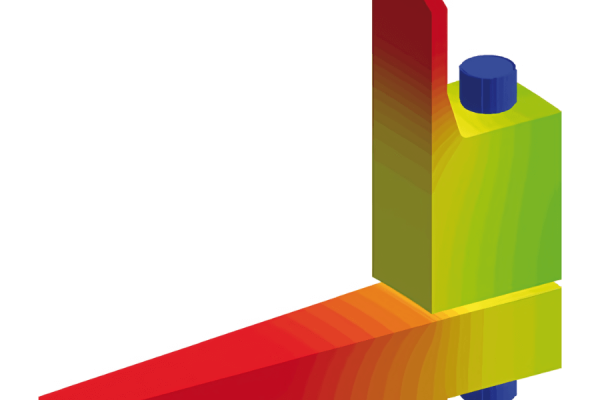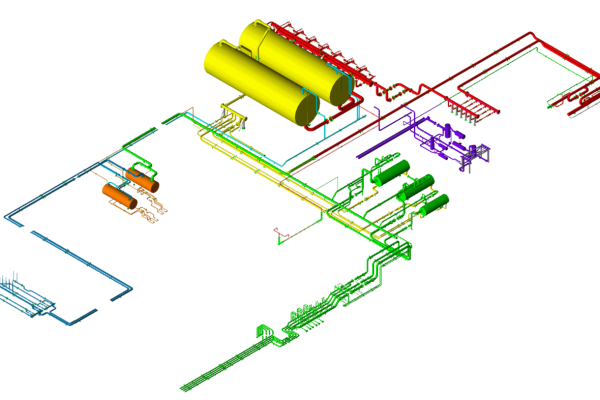Upcoming week February 11-13, Dynaflow hosts its latest Fiberglass Engineering training course. During this course participants receive a good understanding of the GRP specific mechanical and physical properties, and the mechanical behavior of GRP piping systems and vessels. The participants will also learn the principal differences between the available design codes for GRP systems and gain insight into the principles and critical aspects of design. To enroll click here.
Fiberglass Experts
Dynaflow Research Group is often consulted by many of the major fiberglass suppliers as an independent consultant for our practical approach to fiberglass engineering solutions. As a founding member of the ISO14692 committee, the DNV Committee for certification of fiberglass craftsmanship, Dynaflow is (co-)author of many technical papers and code contributions.
The last decades have seen a large growth in the use of Fiber Reinforced Plastic (FRP) piping. The most common materials for FRP piping are Glass Reinforced Poly/Vinyl-ester resin (GRP/V) and Glass Reinforced Epoxy (GRE) resin. Their uses differ per production process and product size. Generally GRE piping allows for higher operating temperatures than GRP/V piping.
The advantages of FRP piping compared to traditional steel piping are the superior corrosion resistance as well as considerably lower weight of FRP piping. The lower weight results in easier and more cost effective handling of the piping. The lower weight offers a great advantage in offshore applications as construction weight is an important factor in the overall costs of such systems. A disadvantage is the sensitivity to impact or to point loads. This requires that much attention be placed on correct handling, storage and installation of FRP piping systems.

For more information, please contact:
Iris Joele
Training
+31 85 058 00 46
Related Articles:
Revised ISO 14692: 2017
FRP Unlimited Conference
ISO/TC 138/SC 6






